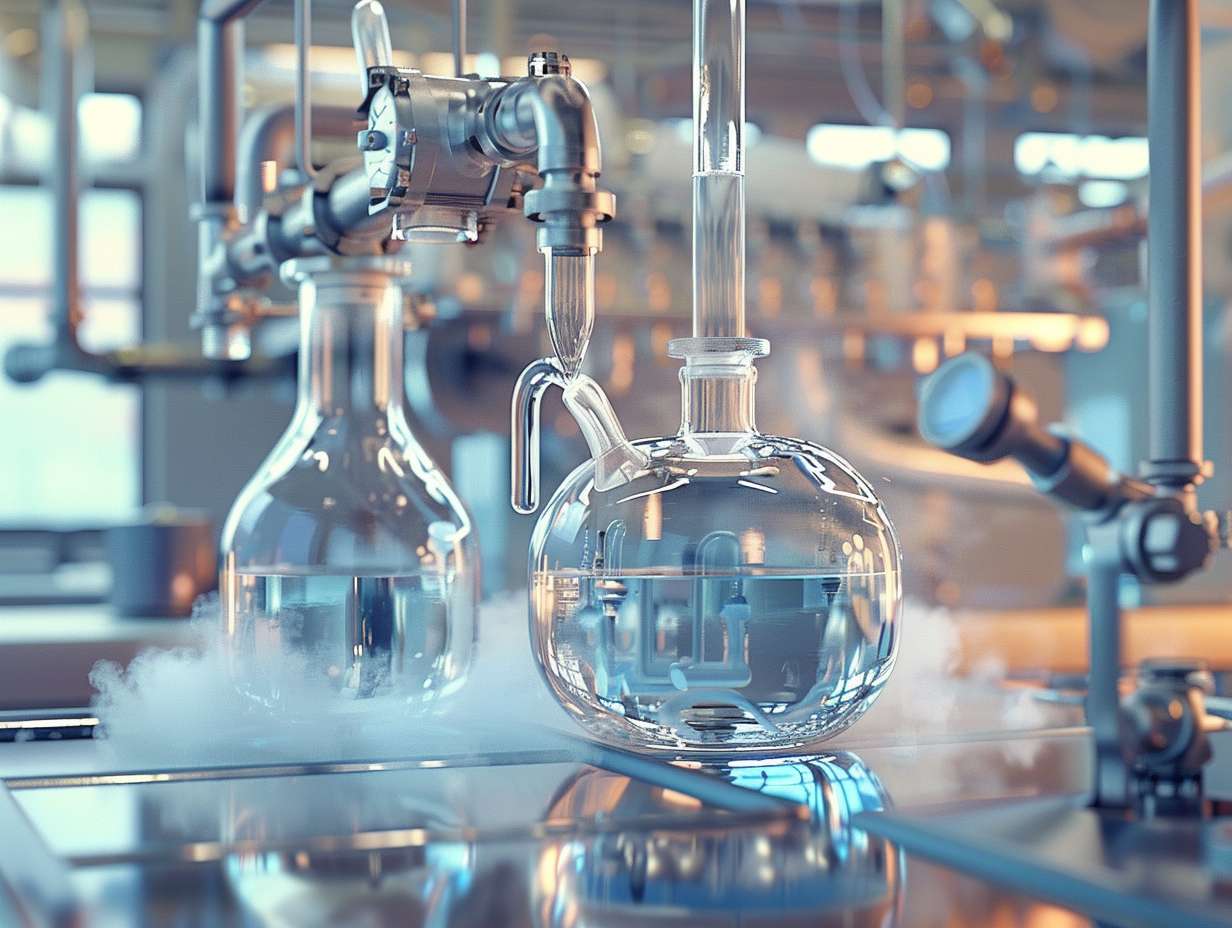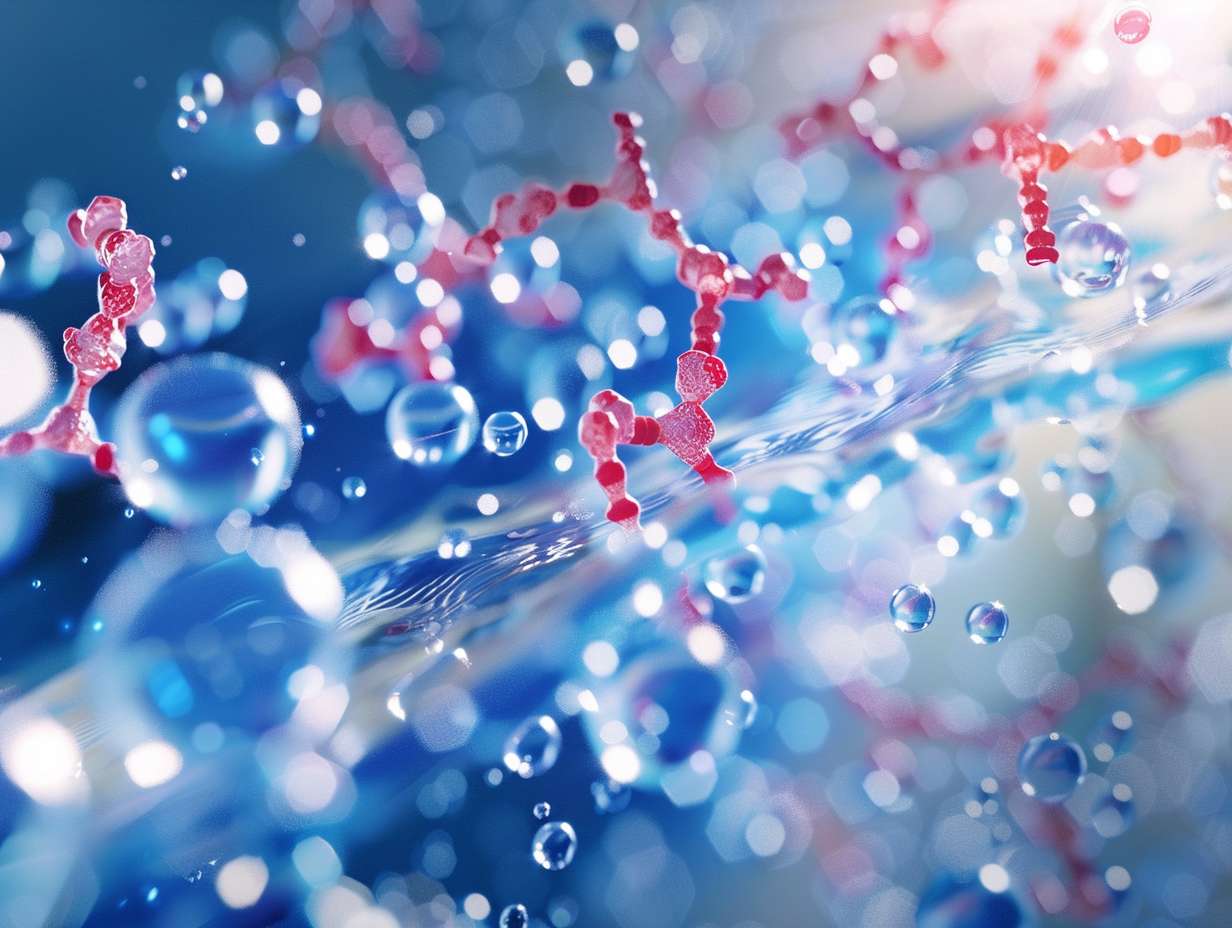
Water Purification Techniques

When it comes to ensuring the safety of your drinking water, exploring various purification techniques is essential. Boiling, filtration, distillation, chlorination, and reverse osmosis are just a few methods that can make a significant difference in the quality of the water you consume. From eliminating harmful bacteria to removing specific impurities, each technique serves a unique purpose in the purification process. Understanding the intricacies of these methods and how they interact with different contaminants is key to making informed decisions about your water purification system.
Key Takeaways
- Boiling water kills bacteria, viruses, and parasites effectively.
- Filtration methods target specific contaminants.
- Distillation removes impurities like heavy metals and salts.
- Chlorination disrupts pathogens’ cellular structure for clean water.
- Reverse osmosis removes lead, chlorine, bacteria, and some chemicals.
Boiling
When purifying water through boiling, make sure the water reaches a rolling boil for at least one minute. This process effectively kills most types of harmful bacteria, viruses, and parasites that may be present in the water. It’s a simple yet reliable method to make water safe for drinking in emergency situations or when the water source is questionable.
Remember to cover the pot while boiling to prevent recontamination. After boiling, allow the water to cool before transferring it to a clean container. Boiling is a cost-effective way to purify water, requiring only a heat source and a pot.
Always make sure you follow the recommended boiling time to guarantee the water is safe to drink.
Filtration
To effectively purify water using filtration, select a suitable filtration method based on the specific contaminants present in the water. Filtration is an essential step in water purification processes as it helps remove impurities and particles from the water, making it safe for consumption. Different filtration methods are available, each targeting specific types of contaminants. Below is a table outlining some common filtration techniques:
| Filtration Method | Description | Contaminants Removed |
|---|---|---|
| Activated Carbon | Absorbs organic compounds and chlorine | Chemicals, Odors, Tastes |
| Reverse Osmosis | Forces water through a semipermeable membrane | Bacteria, Viruses, Heavy Metals |
| Sediment Filtration | Removes large particles and sediments | Sand, Silt, Rust |
Distillation

Distillation, a widely used water purification method, involves heating water to create steam and then condensing it back into liquid form to remove impurities. This process effectively separates contaminants, such as heavy metals and salts, from the water, producing clean and safe drinking water. The impurities are left behind as residue while the purified water is collected.
Distillation is particularly effective in removing bacteria, viruses, and other harmful microorganisms that may be present in the water. It’s a reliable method for purifying water, especially in situations where access to clean water is limited. While distillation requires energy to heat the water, the end result is high-quality drinking water that’s free from many contaminants.
Chlorination
Chlorination plays a vital role in providing clean and safe drinking water for communities worldwide.
It’s recommended to combine chlorination with other water purification techniques for thorough water treatment.
Hence, when chlorine is added to water, it reacts with and destroys harmful pathogens by disrupting their cellular structure.
It’s important to note that while chlorination is effective at killing most bacteria and viruses, some parasites and certain chemicals may not be fully removed.
This process is commonly used in municipal water treatment plants and is a cost-effective way to make water safe to drink.
Reverse Osmosis

Using advanced filtration technology, reverse osmosis is a highly effective water purification technique that removes impurities by forcing water through a semipermeable membrane. This process filters out contaminants like lead, chlorine, and bacteria, providing you with clean and safe drinking water. One key advantage of reverse osmosis is its ability to remove dissolved salts, minerals, and even some harmful chemicals present in water. However, it’s essential to note that while reverse osmosis is excellent at purifying water, it may also remove beneficial minerals. To give you a clearer picture, here is a comparison table showcasing the pros and cons of reverse osmosis:
| Pros | Cons | Neutral |
|---|---|---|
| Removes contaminants | Removes minerals | Energy intensive |
| Improves taste | Wastewater produced | |
| Easy to maintain | Slow process |
UV Disinfection
UV disinfection utilizes ultraviolet light to effectively kill bacteria, viruses, and other microorganisms in water. When water passes through a UV disinfection system, the UV light damages the genetic material of these harmful organisms, preventing them from reproducing.
This process is essential to note that UV disinfection doesn’t remove particles or contaminants from water; its sole purpose is to eliminate microorganisms. Therefore, it’s often used in conjunction with other water purification techniques like filtration.
Ion Exchange

Ion exchange is a water purification technique that involves the removal of certain ions from water by exchanging them with ions of a similar charge on an exchange medium. This process is widely used in various industries and households to improve water quality.
Here are some key points about ion exchange:
- Efficiently removes heavy metals and hardness ions from water.
- Helps in softening water by replacing calcium and magnesium ions with sodium ions.
- Can be used to remove nitrates, arsenic, and other harmful contaminants.
- Commonly employed in water treatment systems to enhance water taste and quality.
Frequently Asked Questions
How Can Water Purification Techniques Be Applied in Emergency Situations?
In emergency situations, you need to act fast to guarantee access to safe drinking water. Understanding water purification techniques is essential. By implementing these methods correctly, you can effectively treat contaminated water and prevent waterborne illnesses.
Are There Any Eco-Friendly Alternatives for Water Purification?
Looking to minimize your environmental impact? Eco-friendly alternatives for water purification exist, offering sustainable solutions. Consider these options to promote a greener approach while addressing your water purification needs effectively and responsibly.
What Is the Cost Comparison of Various Water Purification Methods?
When comparing water purification methods, costs vary widely. Research shows that traditional methods like boiling water are cost-effective initially, but long-term expenses can be high. Modern filtration systems may have higher upfront costs but lower maintenance expenses over time.
Can Water Purification Techniques Remove Pharmaceutical Residues From Water?
Yes, water purification techniques can effectively eliminate pharmaceutical residues from water. It is essential to utilize advanced methods such as reverse osmosis or activated carbon filtration to guarantee the removal of these contaminants.
Are There Any Health Risks Associated With Long-Term Use of Purified Water?
Long-term use of purified water may lead to mineral deficiencies. Your body needs essential minerals found in natural water sources. Consider a garden needing diverse nutrients to flourish; your body too requires balance to thrive.
Conclusion
So there you have it - water purification techniques are essential for ensuring access to safe drinking water.
Just like a well-oiled machine, these methods work together to remove contaminants and pathogens, leaving you with clean and healthy water to drink.
Remember, when it comes to your health, it’s better to be safe than sorry. Keep purifying that water and stay hydrated!
Disclaimer: Some information is provided through AI. Users should always conduct their own research and consult with qualified professionals before making any decisions.Affiliate information declaration: We may earn revenue from the products referred on this page and participate in affiliate programs.


